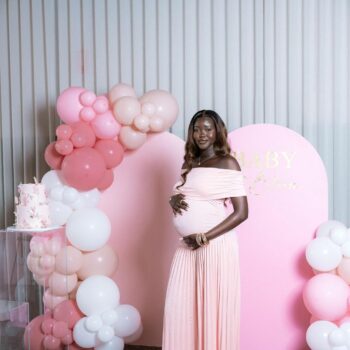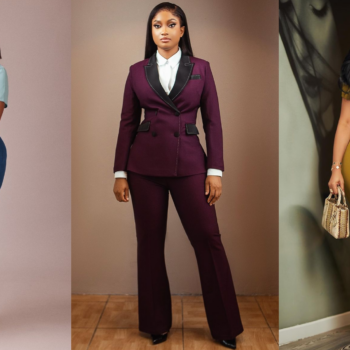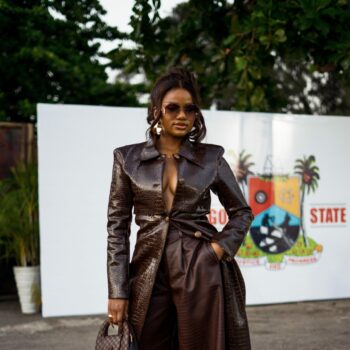Last week, my team and I embarked on a mission to identify and shortlist high-potential fashion brands based on their unique design aesthetics and global appeal. After two days of thorough research, we reached a consensus on two brands that met the creative and marketability criteria. It was surprising that out of the hundreds of brands considered, only two truly stood out.
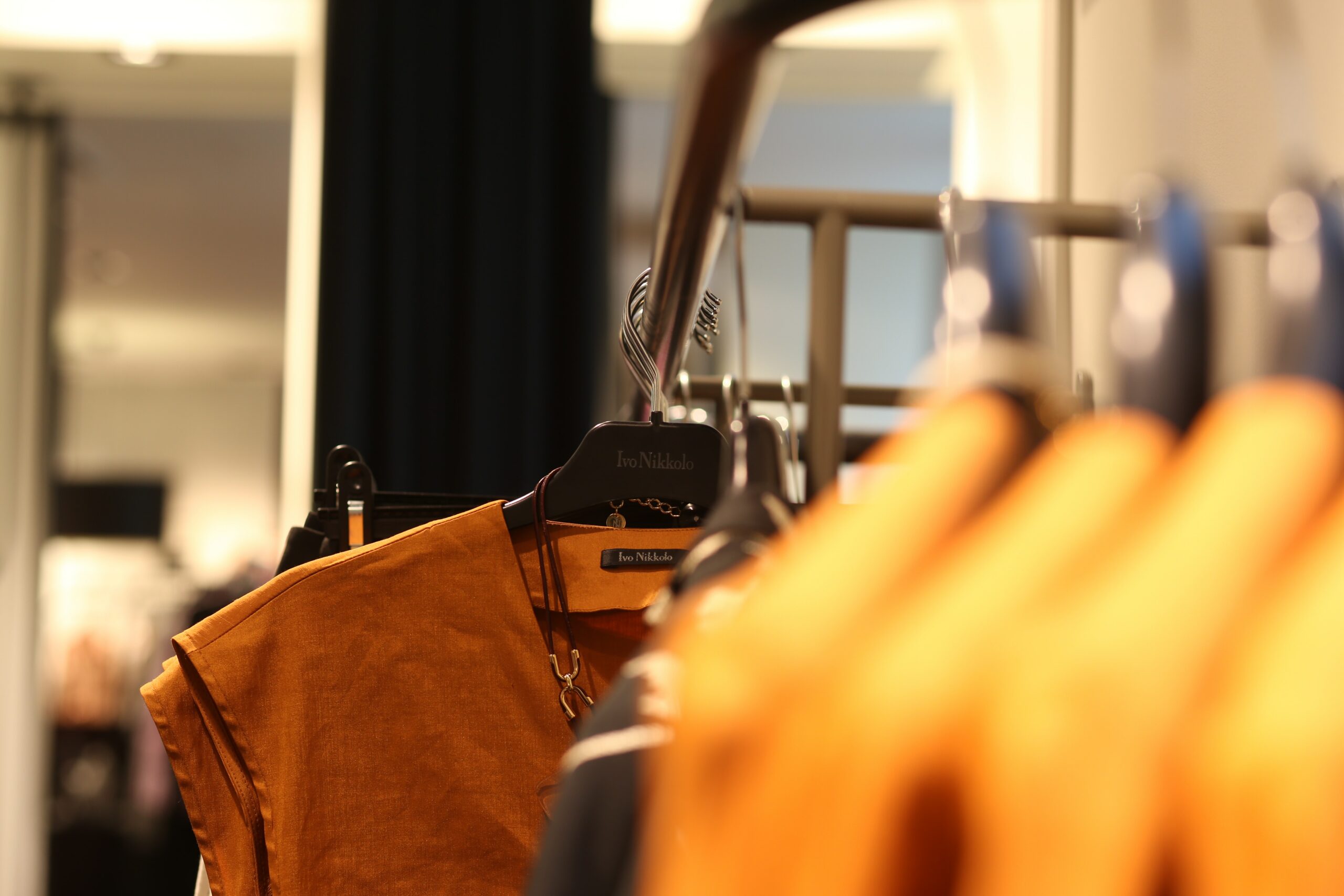
This scarcity raises two plausible explanations:
- Hidden Gems: The brands and creatives we’re seeking are often small, making them less easily identifiable in a sea of larger names.
- Creativity Crisis: There’s a haunting possibility that such unique brands are becoming increasingly rare, which is disconcerting given that my entire industry hypothesis relies on the presence of high-quality creative talent. So, where are these innovators, and why are they so elusive?
Beyond limited exposure, several factors may be suppressing the discovery of these high-quality creative talents:
- Trend Pressures: Perhaps these brands have succumbed to the pressure of conforming to popular trends, inevitably diluting their originality.
- Resource Constraints: It’s also possible that these creative minds lack the necessary resources and support to launch and showcase their creativity.
- Ecosystem Deficits: Lastly, the quality of the human, technological, and infrastructural resources could be limiting their functional creative expression.
This experience left me deeply concerned; we are facing a potential crisis in the fashion industry, and we need to act swiftly to prevent it from spreading. But how can we rekindle the era when creativity reigned supreme in fashion?
I believe creative competitions can play a significant role, but let’s view them as more than just contests—let’s see them as creative experiments that foster freedom of expression. Such experiments take time, so brands and investors need to be patient.
However, our efforts shouldn’t stop at competitions; they should only serve as a starting point. Usually, after the organizers announce a winner, most competitions trail off. A few others provide post-victory training and mentoring but only for a short term. To truly support and reward talent, we should consider a unique model akin to a venture studio but for fashion talent. The studio would be a holistic support system, offering financial backing, mentorship, shared resources, and networking opportunities to empower emerging fashion talents.
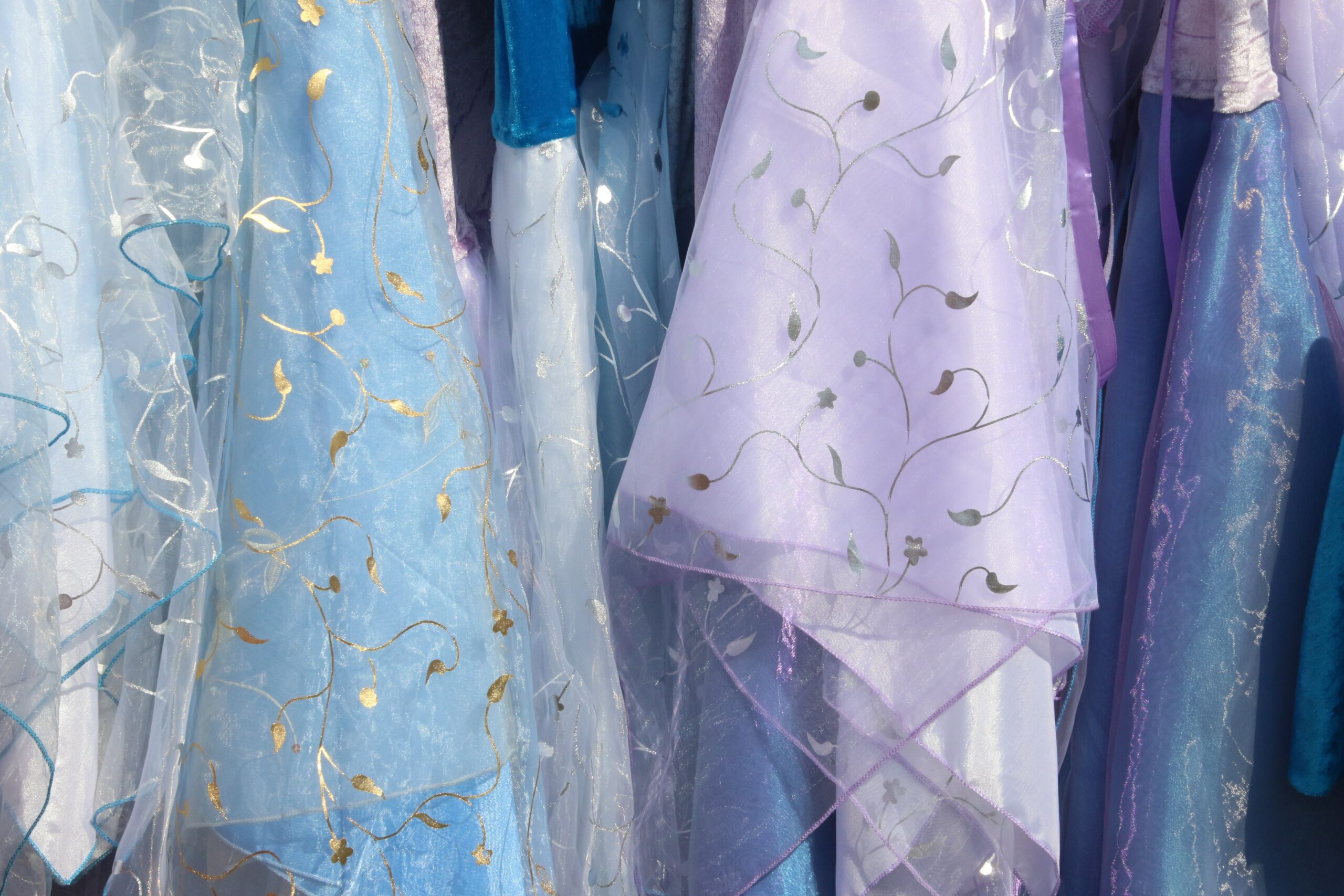
To improve the overall quality of fashion talent, which impacts the quality of the competitions, we must also prioritize education and skill development within the industry. By providing access to training, workshops, and mentorship, we can ensure a continuous influx of fresh, innovative minds into the fashion landscape to create a collaborative, functional ecosystem.
To avert a creativity crisis in the African fashion industry, we must act decisively. We should actively explore new avenues for discovering and supporting emerging talents, whether through creative competitions, venture studios, or educational initiatives. By doing so, we can reignite the spark of creativity, ensuring the fashion industry thrives on a constant infusion of fresh ideas and originality. It’s a challenge worth undertaking, for the future of fashion depends on our ability to nurture and celebrate creativity in all its forms.


